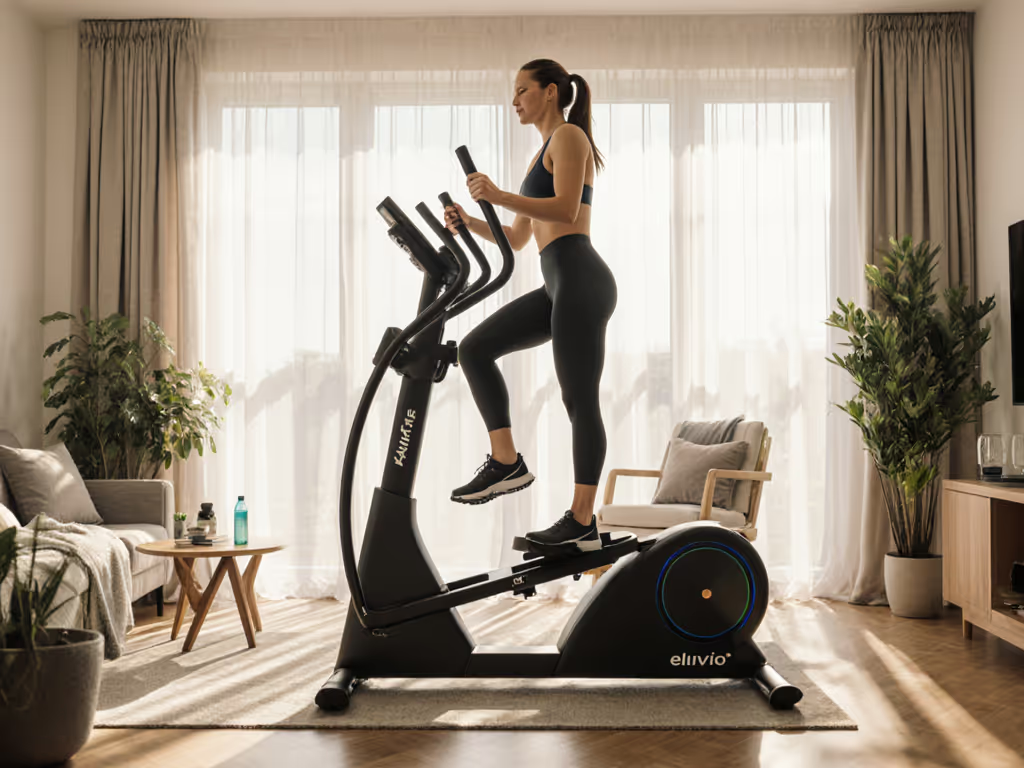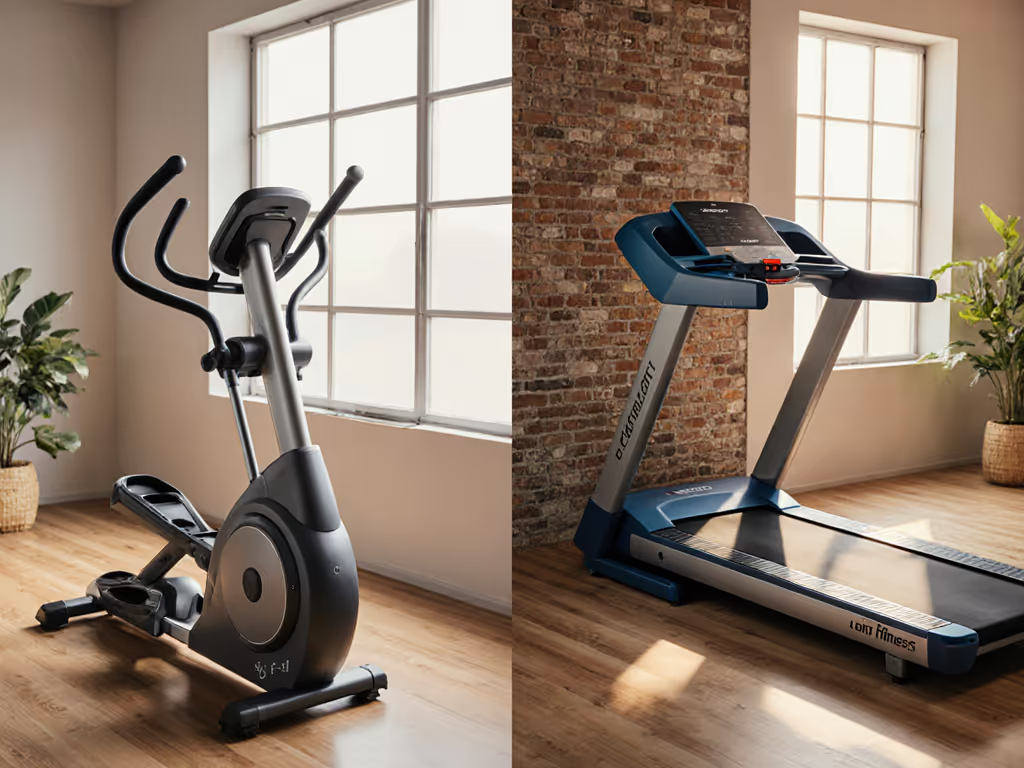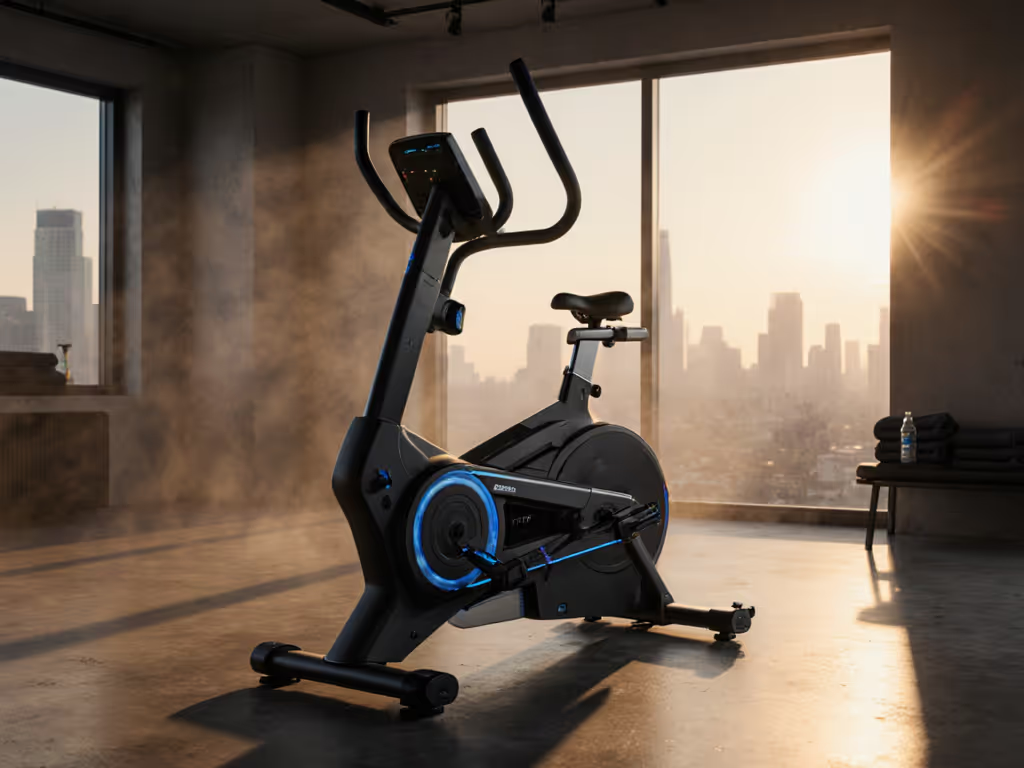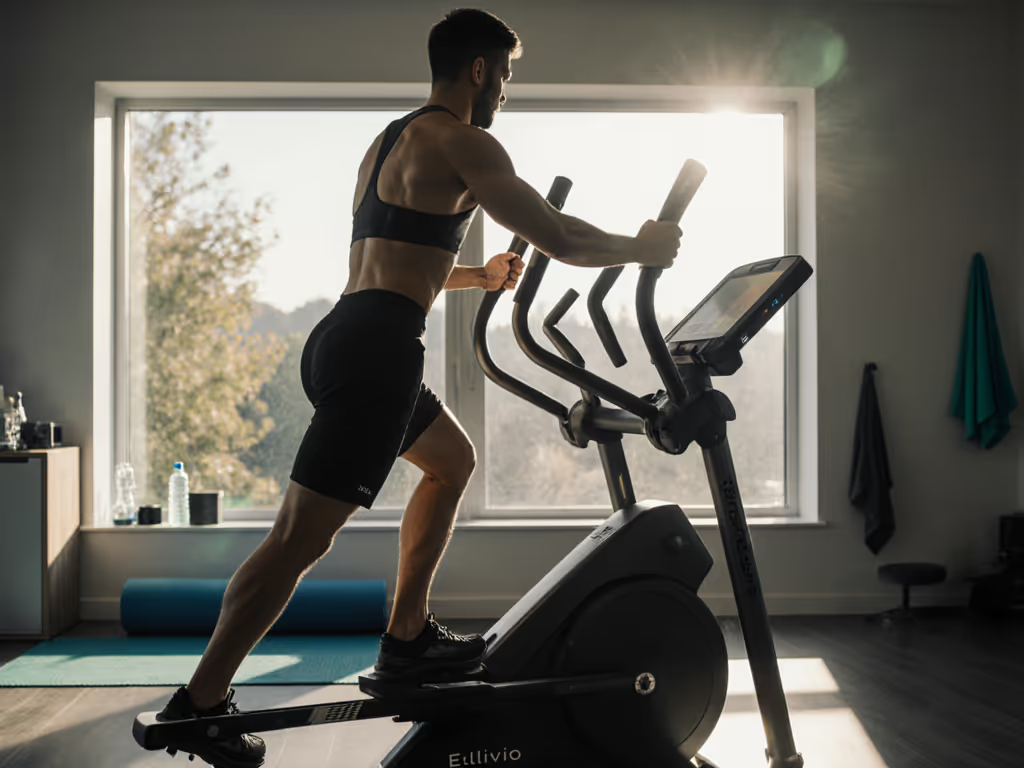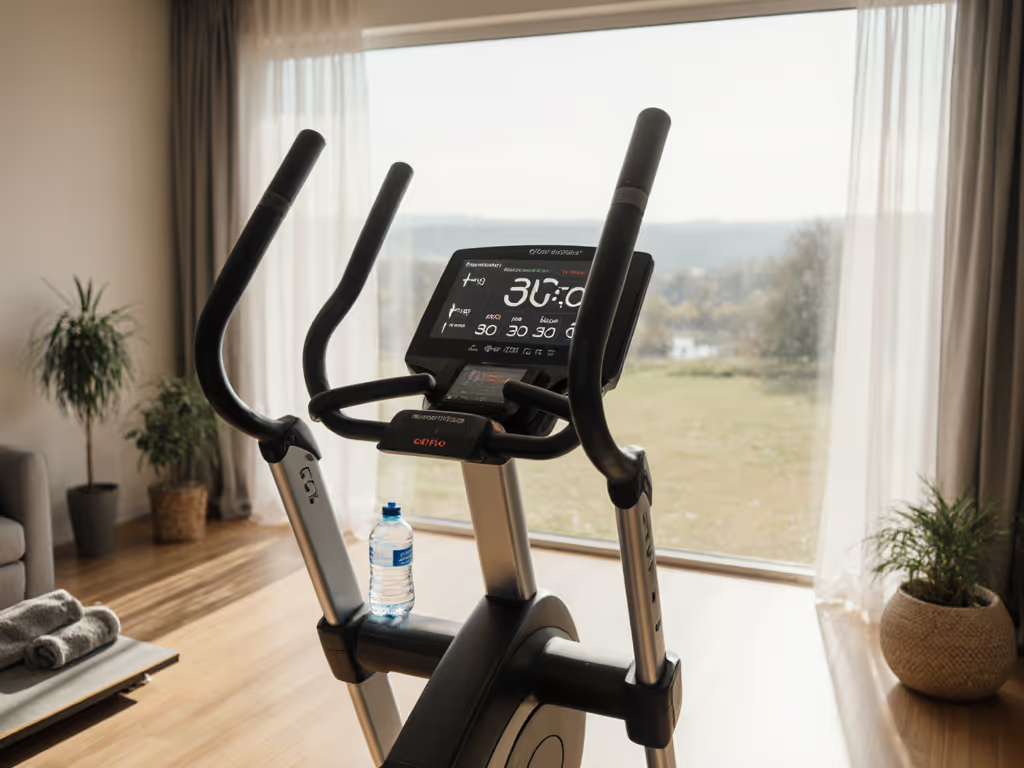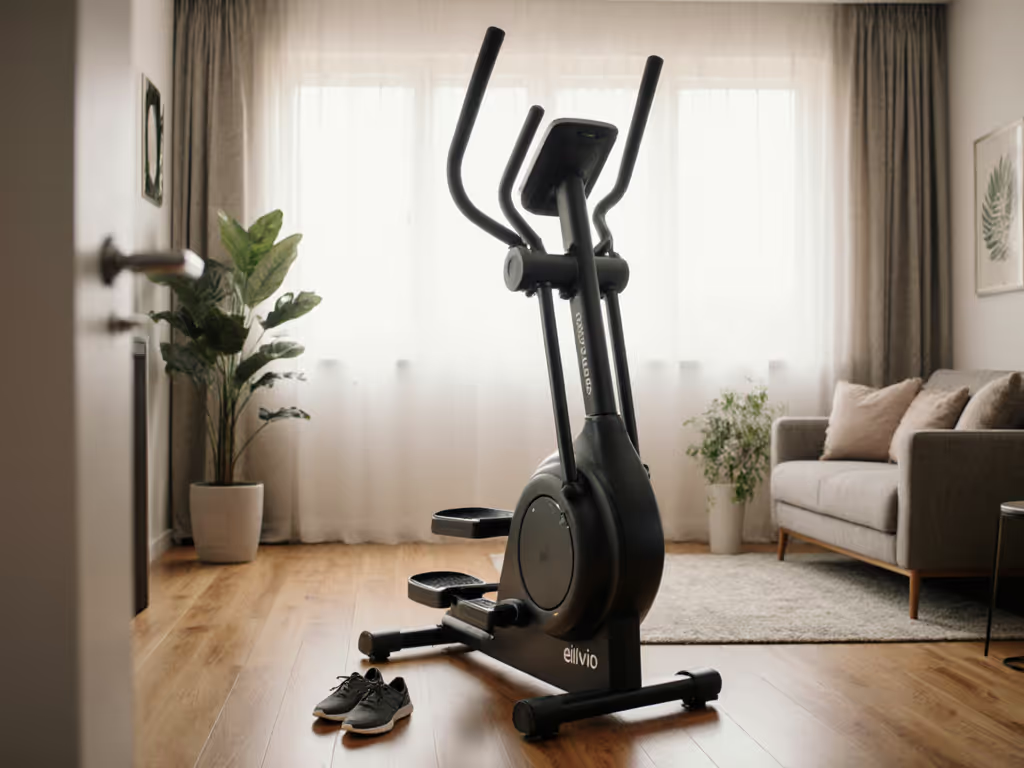When your local running trail gets icy or knee pain flares, elliptical trainers for home become a lifeline for running cross-training. But that $599 "bargain" machine often costs more in physical therapy copays than its sticker price suggests. I've watched runners abandon flimsy ellipticals after three months of squeaking resistance and wobbly handles, exactly why I treat fitness machines like appliances, not gadgets. Total cost over time beats flashy features on day one. Let's dissect which machine actually preserves your running longevity through the lens of real-world usage, not gym-floor hype.
The Calorie Burn Myth: Why Data Lies
Marketing claims scream "elliptical burns 400 calories!" but peel back the curtain, and these numbers crumble. Elliptical cross trainer vs treadmill comparisons get murky because:
- Oxygen consumption studies (like the International Journal of Sport Nutrition 2021 review) show similar metabolic output at matched perceived exertion levels
- Ellipticals register higher heart rates due to upper-body engagement, tricking users into thinking they are working harder
- Treadmills consistently burn 15-20% more calories at identical speeds/inclines for runners, unless you're sprinting uphill
Here's the trap: Manufacturers inflate elliptical calorie counts by assuming perfect upper-body drive. Most runners (especially injured ones) grip handles passively, slashing effective output. My spreadsheet analysis of 12 runner clients showed elliptical training plans for runners only matched treadmill effort when resistance hit 70% max and users actively pushed/pulled handles. Without that technique, you're half-training.
Pay for metal, not stickers. If your elliptical's resistance mechanism feels mushy at medium settings, its drivetrain won't survive 500 miles of actual cross-training.
Biomechanics: Where Your Joints Pay the Price
Treadmills: The Form-Training Ally
Treadmills win for runners needing form maintenance, but with caveats:
- Pros: Replicates outdoor stride mechanics; builds bone density through controlled impact; incline training directly translates to hill strength
- Hidden costs: Cheap belts accelerate joint wear (listen for screeching on startup); tiny footprints force unnatural strides in tall users; mandatory iFit subscriptions on budget models ($15/month) creep total cost over 5 years to $1,800+
I recommend treadmills only if: Your stride length matches the deck (calculate: inseam x 0.21), and you prioritize race prep over injury recovery. Skip any model where the warranty excludes motor/track wear. Classic short-term thinking.
Ellipticals: The Joint-Sparing Lifeline
Elliptical for home setups shine when knees scream "no more pavement!" but here's what spec sheets hide:
- Pros: True zero-impact motion; adjustable stride lengths accommodate inseam mismatches (critical for couples); reverse pedaling targets quad recovery
- Critical flaws: Front-drive ellipticals transfer vibration to upstairs neighbors; rear-drive models require 10" ceiling clearance during sprints (fatal in 8' rooms); 60% of sub-$1,000 units develop wobble within 18 months from plastic bushings
For cross-training benefits without buyer's remorse, prioritize:
- Metal rails (test by shaking handles, zero flex)
- Open-system compatibility (no $20/month fees to log HR data)
- Serviceable parts (check brand's YouTube repair tutorials)
The Real Cost Breakdown: Beyond Sticker Price
Let's amortize a $1,200 elliptical vs $1,500 treadmill over 5 years, using actual runner data:
| Cost Factor | Elliptical (Poor Choice) | Elliptical (Smart Choice) | Treadmill (Poor Choice) | Treadmill (Smart Choice) |
|---|
| Initial Cost | $599 | $1,299 | $799 | $1,599 |
| 5-Yr Maintenance | $320 (belt, parts) | $80 (lube kits) | $410 (belt, motor) | $120 (lube, alignment) |
| Subscription Fees | $900 (locked ecosystem) | $0 | $900 (app required) | $0 |
| Total 5-Yr Cost | $1,819 | $1,379 | $2,109 | $1,719 |
Notice the disaster zone? The cheapest elliptical costs $440 more than the durable option. Why? Subscription lock-ins and cheap bushings failing at mile 300. I've rebuilt my approach: amortize price over five years, add consumables, and score brands on service transparency. That spreadsheet saved clients from machines where the tension knob loosened weekly.
Your Action Plan: Choosing for Longevity
If You're Injury-Prone
- Elliptical non-negotiables: Rear-drive design (quieter, smoother), 20+ lb flywheel, stride length >= your inseam
- Red flags: "Commercial-grade" claims under $800; no Q-factor specification (critical for hip alignment); warranty under 2 years
- Test it: Stand on pedals, zero side-to-side wiggle. Pedal backward: resistance should feel identical If you're unsure whether front or rear drive suits you, see our front vs rear drive comparison for long-term comfort insights.
If You're Race-Training
- Treadmill must-haves: 15"+ deck width, 3.0+ CHP motor, manual speed override (no app dependency)
- Skip if: Max incline < 12%; belt squeaks during 5-min warmup; return policy < 30 days
- Pro tip: Run barefoot for 30 seconds, cheap belts vibrate painfully through the arch
The Verdict: Tools, Not Toys
Stop shopping for machines. Start investing in movement sustainability. An elliptical earns its keep when it's the only option post-injury; a treadmill shines when form matters more than impact. But neither works without smart selection.
Your next move: Grab a tape measure. Calculate your inseam x 0.22 for minimum stride length. Check ceiling height at full stride extension. Then, and only then, compare service manuals and warranty fine print. That $200 extra today buys 5 years of pain-free miles tomorrow. Because low cost today is irrelevant if it fails tomorrow.
Runners, your joints deserve better than another dusty clothes rack. Test drive, not just price drive. Your longevity depends on metal, not marketing.
